
- Why Recovery After Spay/Neuter Surgery Matters
- What to Do in the First 24 Hours After Surgery
- Ongoing Care: How to Support Your Pet’s Recovery
- Signs of Complications: When to Be Concerned
- Activity Restrictions: How Much Rest is Enough?
- Diet and Hydration: Essential for Recovery
- When to See the Vet: Key Signs Your Pet Needs Help
Why Recovery After Spay/Neuter Surgery Matters
Spaying or neutering your pet is a common and routine procedure that can prevent unwanted pregnancies and help your pet live a longer, healthier life. However, just like any surgery, the recovery process is crucial to ensure your pet heals properly and avoids complications. Knowing how to care for your pet post-surgery is essential in making the recovery process smooth and stress-free for both you and your furry friend.
Recovery after spay or neuter surgery typically takes a few days to a couple of weeks, depending on your pet’s age, health, and individual response to the procedure. Proper aftercare not only helps your pet heal more quickly but also minimizes the risk of infection or complications.
What to Do in the First 24 Hours After Surgery
The first 24 hours after your pet’s spay or neuter surgery are critical for their recovery. During this time, it’s important to ensure that they remain calm and comfortable, while also monitoring for any potential issues.
1. Provide a Quiet and Comfortable Space
After surgery, your pet may still be feeling groggy from anesthesia. Create a quiet, safe, and comfortable space where they can rest undisturbed. Avoid placing them in high-traffic areas where they might be startled or stressed. A quiet room with a cozy bed or blanket will help them recover more peacefully.
2. Keep Your Pet Warm
Pets, especially cats and small dogs, can get cold after surgery due to the anesthesia. Make sure they are kept warm with soft blankets, but be sure they don’t get too hot. If your pet is shivering or seems uncomfortable, adjust their environment accordingly.
3. Monitor Your Pet’s Behavior
It’s normal for pets to be a bit disoriented and sleepy after surgery, but monitor them closely during the first 24 hours. If they seem excessively lethargic, unsteady on their feet, or show signs of distress, contact your veterinarian. Sometimes, pets may try to lick or chew their incision site, so be sure to keep an eye on them to prevent this.
Ongoing Care: How to Support Your Pet’s Recovery
After the initial 24 hours, the next phase of recovery will involve ongoing care to ensure your pet heals properly. This includes keeping them comfortable, following any medication instructions, and making sure their environment remains supportive.
1. Administer Medications as Prescribed
Your vet may prescribe pain relief or antibiotics to help with the healing process. Make sure you give your pet the prescribed medications at the proper times, and complete the full course of treatment. If your pet is reluctant to take pills, ask your vet for alternatives, such as liquid medications or pill pockets.
2. Prevent Licking or Biting the Incision Site
To prevent your pet from licking or biting at their incision site, your veterinarian may recommend using an Elizabethan collar (cone) or an alternative recovery collar. These collars prevent your pet from reaching their surgical area and help avoid infection or delayed healing.
3. Keep the Incision Site Clean and Dry
It’s important to keep the incision site clean and dry. Check the area daily for signs of infection, such as redness, swelling, or discharge. If the incision looks unusual, it’s best to contact your vet immediately. Don’t allow your pet to bathe or get the incision area wet until the vet advises it’s safe to do so.
Signs of Complications: When to Be Concerned
While most pets recover from spay/neuter surgery without issues, complications can arise. Being aware of the signs of complications will help you act quickly if needed. Contact your vet if you notice any of the following:
- Excessive swelling, redness, or discharge from the incision site
- Your pet seems excessively lethargic or unresponsive
- Appetite loss or vomiting
- Severe pain or sensitivity around the incision site
- Difficulty urinating or defecating
- Fever or abnormal body temperature
Activity Restrictions: How Much Rest is Enough?
One of the most important aspects of recovery is ensuring that your pet rests and refrains from excessive activity. Here’s what you should know about limiting their movements:
1. Avoid Strenuous Activity
For at least 7-10 days after surgery, your pet should avoid running, jumping, or playing too vigorously. High-energy activity can strain the incision site and delay healing. Take your pet on short, calm walks instead of long hikes or play sessions during this period.
2. Monitor Playtime with Other Pets
If you have other pets at home, it’s essential to supervise their interactions during the recovery period. Playful roughhousing can be risky for your recovering pet, so it’s best to keep them separated until they’re fully healed.
Diet and Hydration: Essential for Recovery
Maintaining a proper diet and ensuring your pet stays hydrated are key parts of their recovery process.
1. Offer Soft, Easy-to-Digest Food
After surgery, your pet might have a reduced appetite. Offer small portions of soft, easily digestible food, such as boiled chicken or a bland pet food diet. Be patient and encourage them to eat, but don’t force them if they aren’t interested. Always provide fresh water to keep them hydrated.
2. Avoid Treats and Table Scraps
Avoid giving your pet treats or table scraps during their recovery. These foods can upset their stomach and interfere with their healing. Stick to a balanced, vet-approved diet until they have fully recovered.
When to See the Vet: Key Signs Your Pet Needs Help
While most pets recover from spay or neuter surgery without issues, it’s important to monitor their progress. If you notice any of the following signs, contact your veterinarian immediately:
- Your pet is not eating or drinking after 24 hours
- They are excessively lethargic or in obvious pain
- The incision site is swollen, red, or leaking pus
- Your pet is licking, biting, or rubbing at their incision
- They show signs of a fever or infection
Proper care after spay or neuter surgery is essential for a smooth recovery. By following these guidelines, you can ensure your pet heals quickly and comfortably. If you need more products or expert advice on post-surgery care, visit Pet & Puppy for the best resources and recommendations to support your pet’s health and well-being.


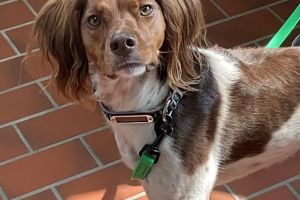
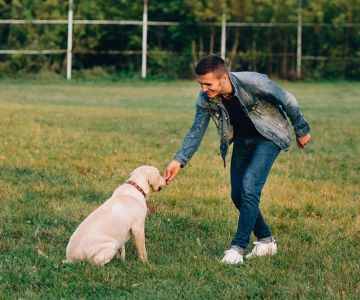


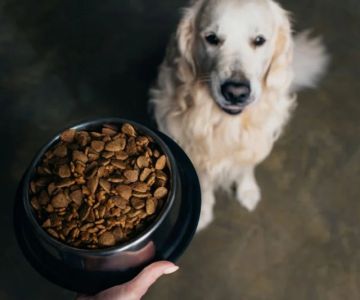
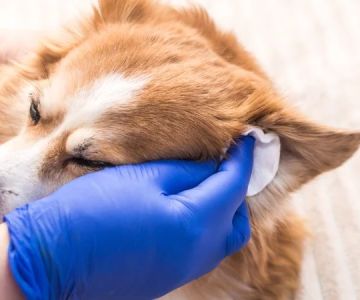

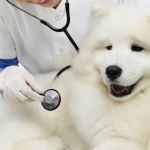 Magnolia Animal Clinic4.0 (196 reviews)
Magnolia Animal Clinic4.0 (196 reviews) The Downtown Veterinarian4.0 (192 reviews)
The Downtown Veterinarian4.0 (192 reviews) Brighton Animal Clinic4.0 (307 reviews)
Brighton Animal Clinic4.0 (307 reviews)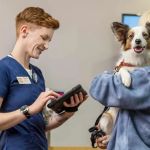 Banfield Pet Hospital4.0 (223 reviews)
Banfield Pet Hospital4.0 (223 reviews) Chewy Vet Care Chandler0.0 (0 reviews)
Chewy Vet Care Chandler0.0 (0 reviews) Pet Wants Oxford Oh., Eaton and Richmond5.0 (3 reviews)
Pet Wants Oxford Oh., Eaton and Richmond5.0 (3 reviews) Creating a Comfortable Sleeping Space for Your Pet: Tips & Ideas
Creating a Comfortable Sleeping Space for Your Pet: Tips & Ideas How to Recognize Illnesses Before They Get Serious in Pets
How to Recognize Illnesses Before They Get Serious in Pets How Seasonal Shedding Affects Pet Health and What to Do
How Seasonal Shedding Affects Pet Health and What to Do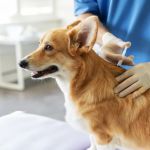 Pet Vaccination Schedule: Essential Shots Your Pet Needs to Stay Healthy
Pet Vaccination Schedule: Essential Shots Your Pet Needs to Stay Healthy Which Pet Supplements Are Worth the Money (and Which Aren’t)?
Which Pet Supplements Are Worth the Money (and Which Aren’t)? How to Train a Service Dog: Basics & Considerations
How to Train a Service Dog: Basics & Considerations